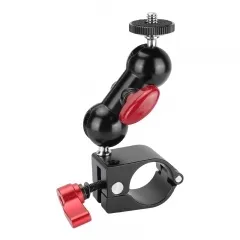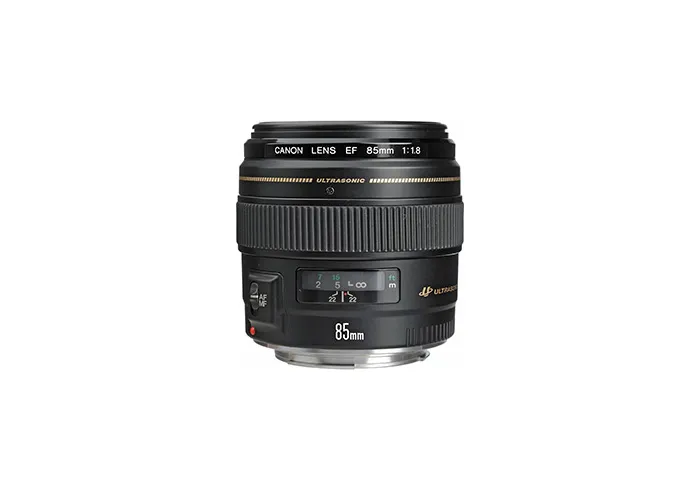Unveiling the Beauty of the Night: A Guide to Mastering Nighttime Photography
Nighttime photography offers a realm of creativity and mystery, unveiling scenes transformed by the absence of daylight. From the glittering cityscape to the serene glow of moonlit landscapes, the night holds a treasure trove of photographic opportunities. However, capturing compelling images in low-light environments requires a blend of technical know-how, creativity, and patience. In this guide, we'll delve into the art of nighttime photography and explore how to unlock the potential of the darkness to capture breathtaking shots.
- Embrace the Darkness: One of the most significant challenges of nighttime photography is the scarcity of light. Embrace the darkness and use it to your advantage. Experiment with long exposures to capture the subtle nuances of light and shadow, and embrace the contrast between illuminated areas and deep shadows to create dramatic compositions.
- Equip Yourself: Before embarking on a nighttime shoot, ensure you have the right gear for the job. A sturdy tripod is essential for stabilizing your camera and minimizing blur caused by camera shake during long exposures. Additionally, consider investing in fast prime lenses with wide apertures to maximize the amount of light reaching your camera's sensor.
- Master Your Camera Settings: Understanding how to adjust your camera settings is crucial for achieving optimal results in low-light conditions. Familiarize yourself with concepts such as ISO, aperture, and shutter speed, and experiment with different combinations to find the perfect balance between exposure and image quality.
- Harness the Power of High ISO: In low-light environments, increasing your camera's ISO sensitivity can help capture brighter images without sacrificing shutter speed. However, be mindful of the trade-off between ISO and image noise, and aim to strike a balance that maintains image quality while achieving the desired level of exposure.
- Experiment with White Balance: The color temperature of artificial and natural light sources can vary significantly at night, affecting the overall mood and atmosphere of your images. Experiment with different white balance settings to adjust the warmth or coolness of your photos and enhance the visual impact of your nighttime shots.
- Focus with Precision: Achieving sharp focus can be challenging in low light, especially when shooting with wide apertures. Use manual focus or autofocus assist features to ensure critical elements of your composition are crisp and well-defined. Additionally, consider using live view mode or focus peaking to fine-tune your focus accurately.
- Composition is Key: Even in the darkness, composition remains a fundamental aspect of photography. Pay attention to leading lines, symmetry, and points of interest within your frame, and strive to create visually compelling compositions that draw the viewer's eye into the scene. Experiment with different angles and perspectives to find the most captivating composition for your nighttime shots.
- Capture the Magic of Nighttime Elements: The night sky offers a wealth of photographic opportunities, from celestial phenomena such as stars, planets, and the Milky Way to atmospheric effects like moonlit clouds and mist. Incorporate these elements into your compositions to add depth and intrigue to your nighttime photography.
- Experiment with Light Painting: Light painting is a creative technique that involves illuminating subjects or landscapes with handheld light sources during long exposures. Experiment with flashlights, LED panels, and colored gels to add dynamic lighting effects and create captivating images that come to life in the darkness.
- Practice Patience and Persistence: Nighttime photography requires patience and persistence, as conditions can change rapidly, and capturing the perfect shot may require multiple attempts. Be prepared to spend time waiting for the right moment, whether it's the alignment of celestial bodies, the movement of clouds, or the interplay of light and shadow. Remember that perseverance often leads to the most rewarding results in nighttime photography.
Nighttime photography offers a unique opportunity to explore the beauty of the world after dark and capture images that convey the magic and mystery of the night. By mastering your camera settings, honing your compositional skills, and embracing the challenges and opportunities of low-light environments, you can unlock the full potential of nighttime photography and create stunning images that leave a lasting impression on viewers. So grab your camera, venture into the darkness, and let your creativity illuminate the night sky.
.png)





